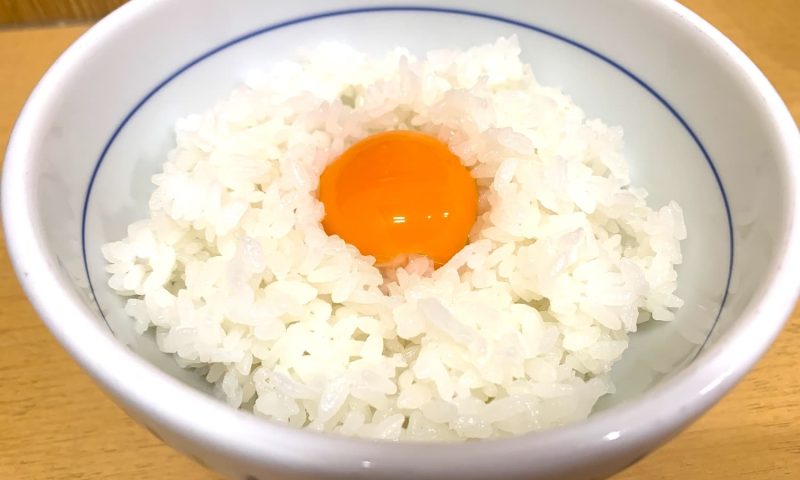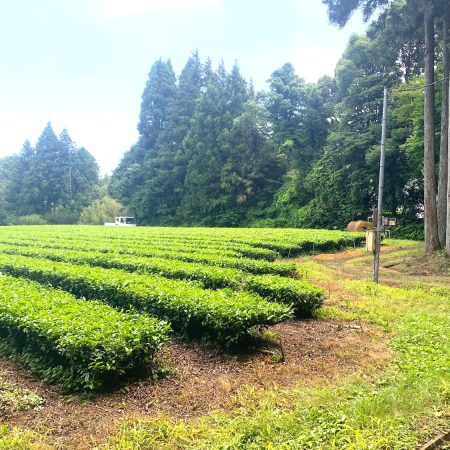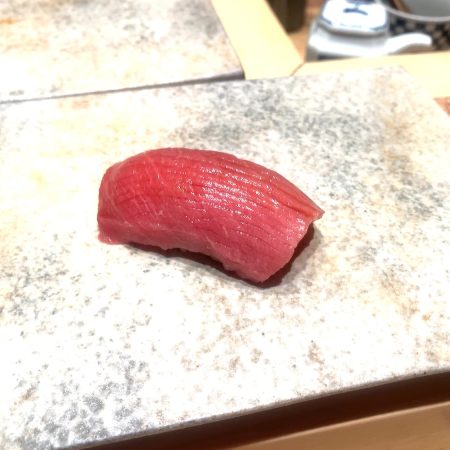From Forbidden Delicacy to Global Favorite: The Rise of Tamago Kake Gohan
Tamago kake gohan, also known as TKG, is a popular Japanese breakfast dish consisting of rice mixed with a raw egg and seasoned with soy sauce. Its origins can be traced back to the Meiji era (1868-1912) when a journalist named Ginko Kishida is believed to have been the first to eat and recommend this dish. The consumption of tamago kake gohan became possible due to advancements in poultry farming techniques and a stable supply of eggs.
Before the Edo period (1603-1868), the consumption of meat and eggs was prohibited due to Buddhist influence, but with the introduction of Western culture during the Edo period, meat and eggs became more accepted. The Taisho period (1912-1926) saw an increase in poultry farming, making eggs more accessible, and the Showa era (1926-1989) witnessed the introduction of American poultry farming techniques, leading to a significant boost in egg production.
In recent years, tamago kake gohan has become popular among foreigners visiting Japan or consuming Japanese eggs, despite the Western perception of consuming raw eggs. This can be attributed to Japan’s stringent hygiene management practices and safety standards for domestically produced chicken eggs, which include sterilization, disinfectant washing, and packaging measures based on established guidelines.
The significance of tamago kake gohan lies in its status as a simple and delicious soul food, representing a unique aspect of Japanese food culture by combining rice, the country’s staple food, with raw eggs. Its well-balanced nutrition and ease of preparation have contributed to its popularity as a breakfast dish in many households.













